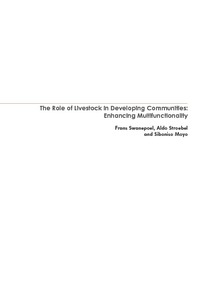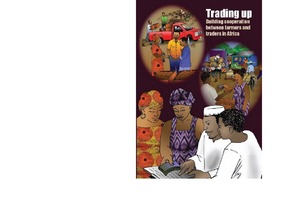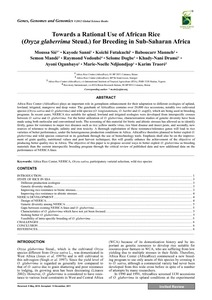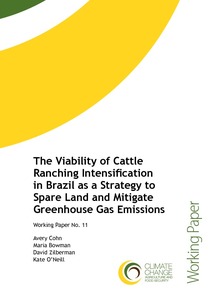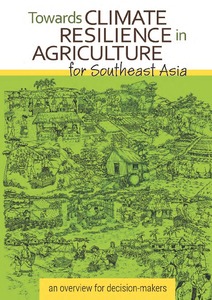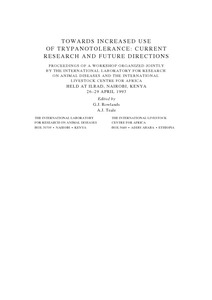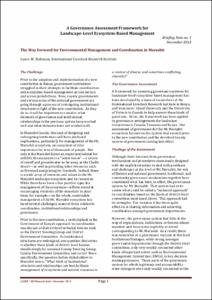The role of livestock in developing communities: Enhancing multifunctionality
This book is the product of a Satellite Symposium on the Role of Livestock in Developing Communities: Enhancing Multifunctionality, held as part of the 10th World Conference on Animal Production (WCAP) in Cape Town, 22 – 28 November 2008. The Symposium, jointly organised by the University of the Free State (UFS) and the International Livestock Research Institute (ILRI) aimed to stimulate critical thinking on the role of livestock in livelihood strategies for the poor in the developing world as a contribution to address the Millennium Development Goals (MDGs).

